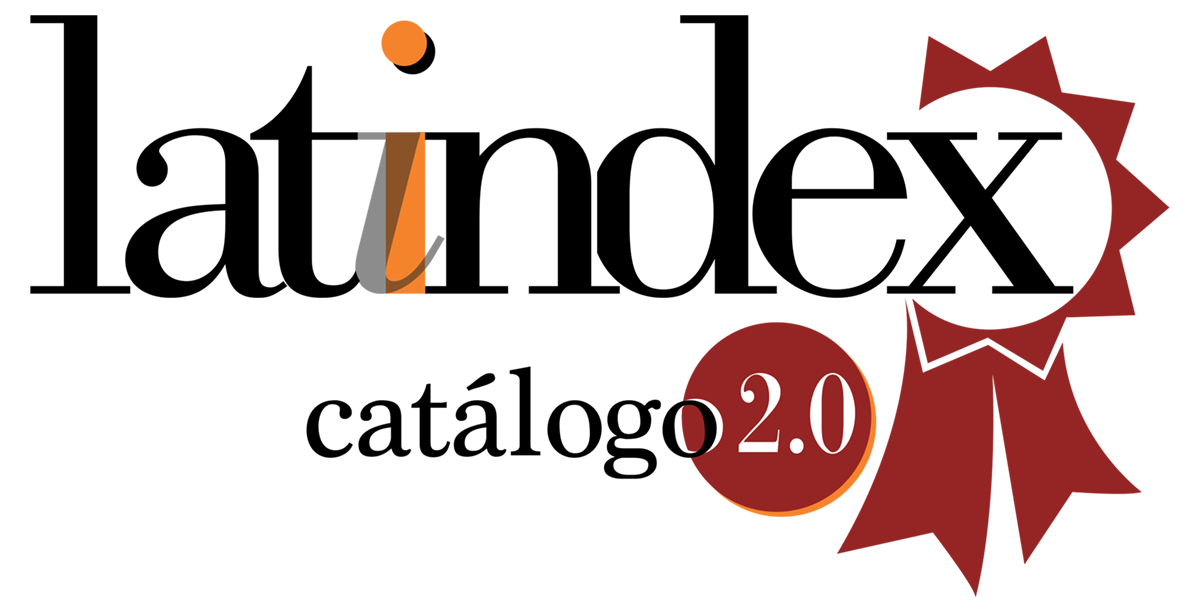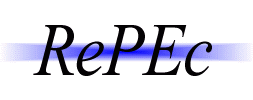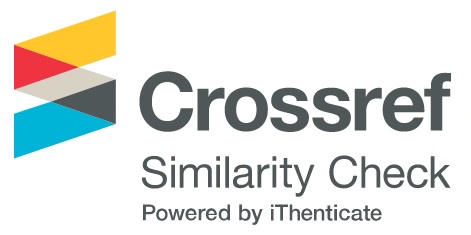Income polarization in Argentina: pure income polarization, theory and applications
Palabras clave:
JEL: D31, D63, I32Resumen
This paper applies newly developed methods for the computation of income polarization by Duclos-Esteban-Ray (2004) to the Argentine case between 1998 and 2002. We find that despite the slowdown in the growth of the inequality, the rate of growth of polarization increased every year. Low-income groups in the population were those who contributed the most to polarization. The results of a micro-decomposition show that on average all the effects led to an increase in polarization between 1998 and 2002. Although most of the change came from unobservable factors, region, returns to education and return to experience had a moderate impact. Furthermore, polarization increased within every geographic region. This change had different intensity throughout them leading to distinct levels of "tension" within the country.
Descargas
Publicado
Número
Sección
Licencia
El material publicado en la revista se distribuye bajo una licencia de Creative Commons de Atribución-NoComercial-SinDerivadas 4.0 Internacional (CC BY-NC-ND 4.0). Esta licencia obliga dar crédito de manera adecuada, brindar un enlace a la licencia, e indicar si se han realizado cambios; no permite hacer uso comercial de la obra; y si se remezclara, transformara o creara otro material a partir de la obra, no permite distribuir esa modificación.


































